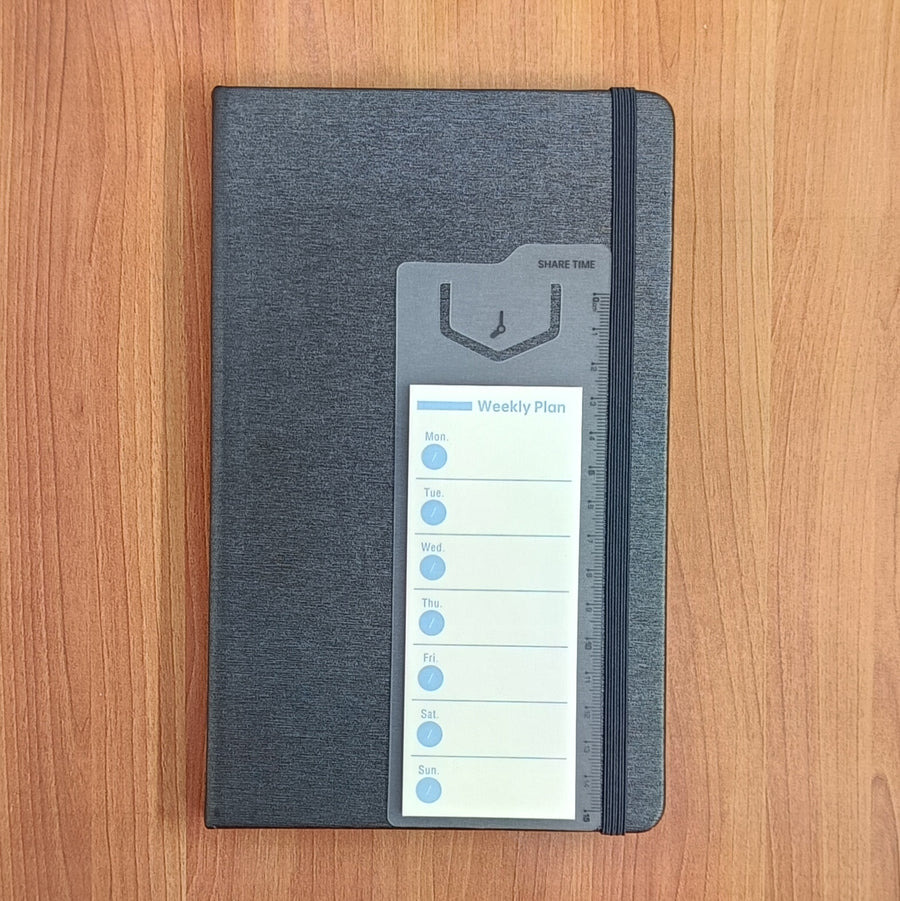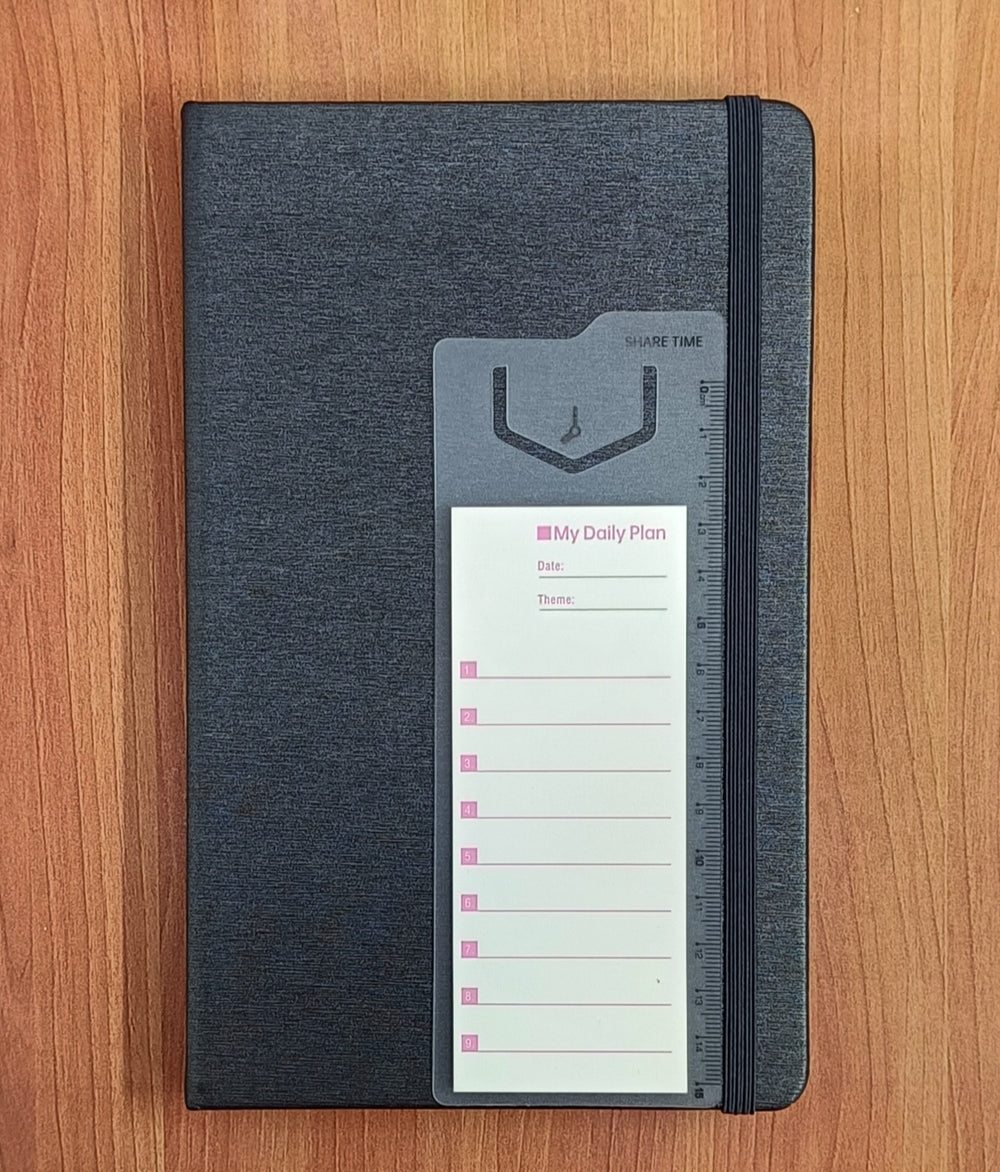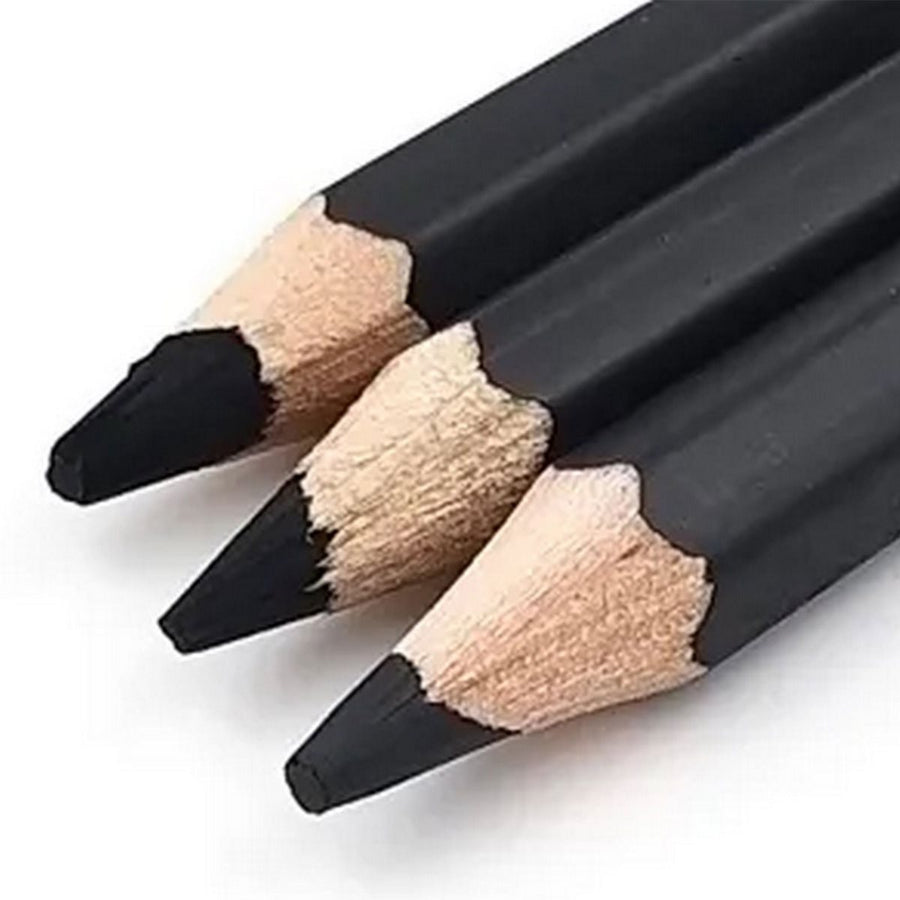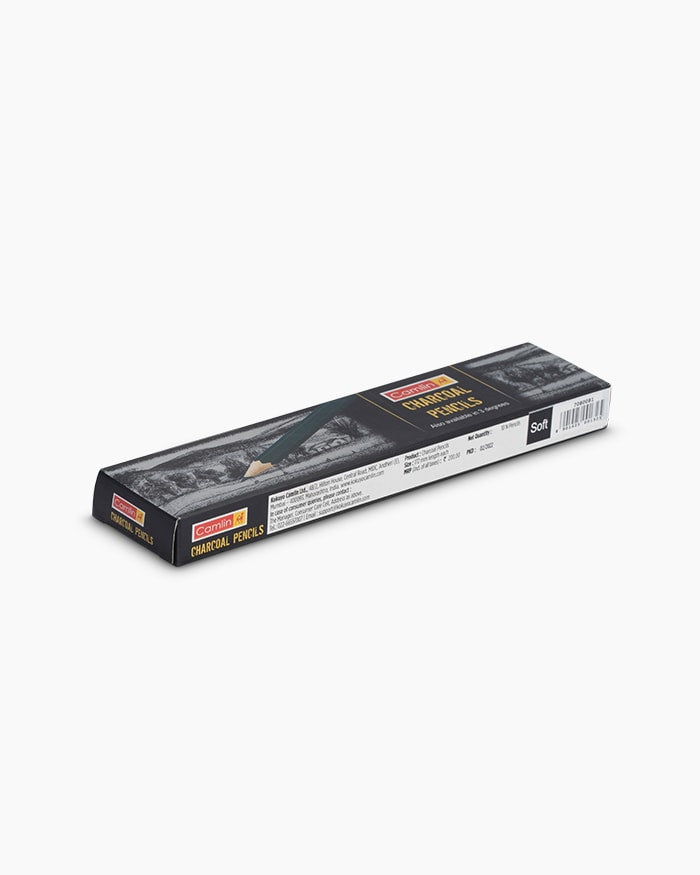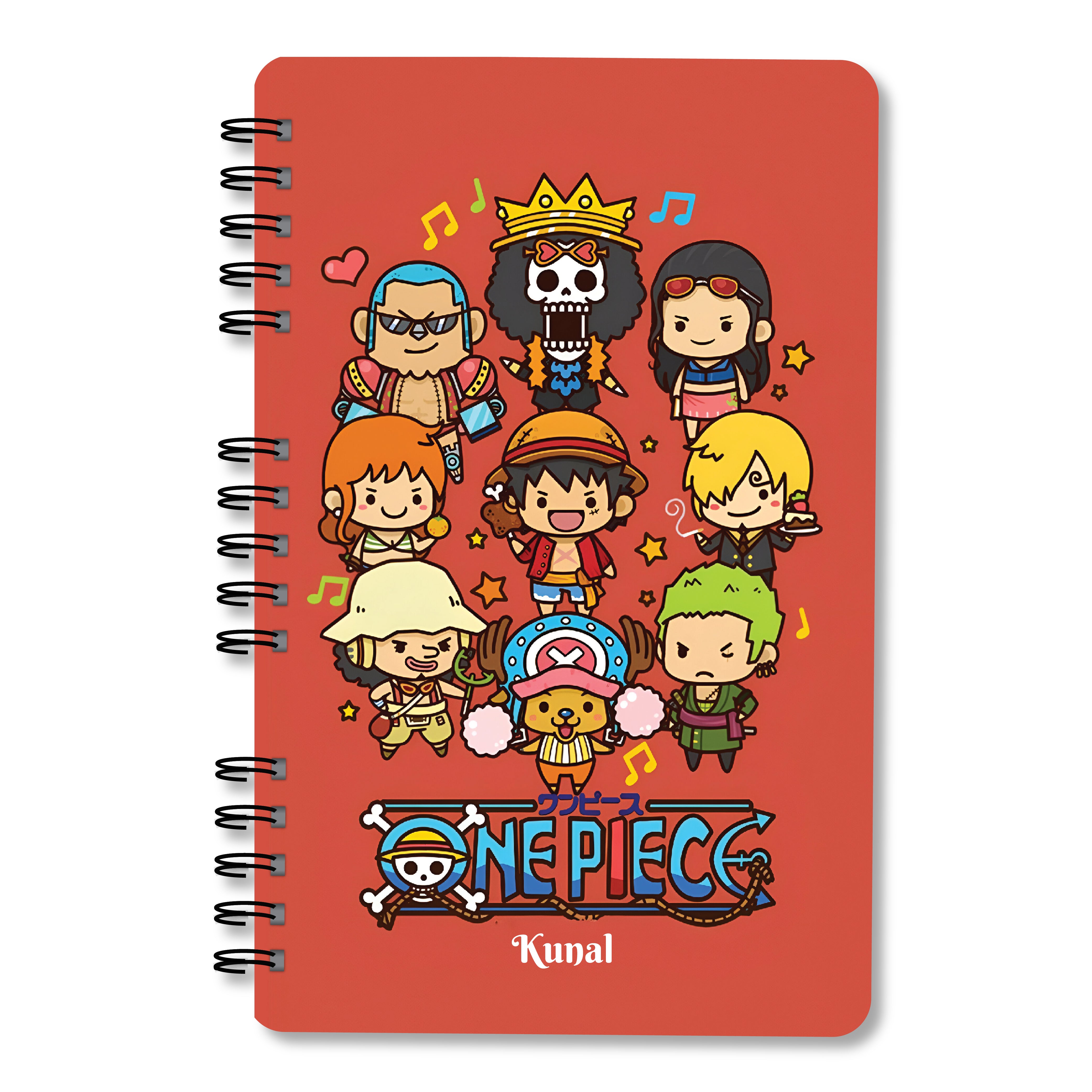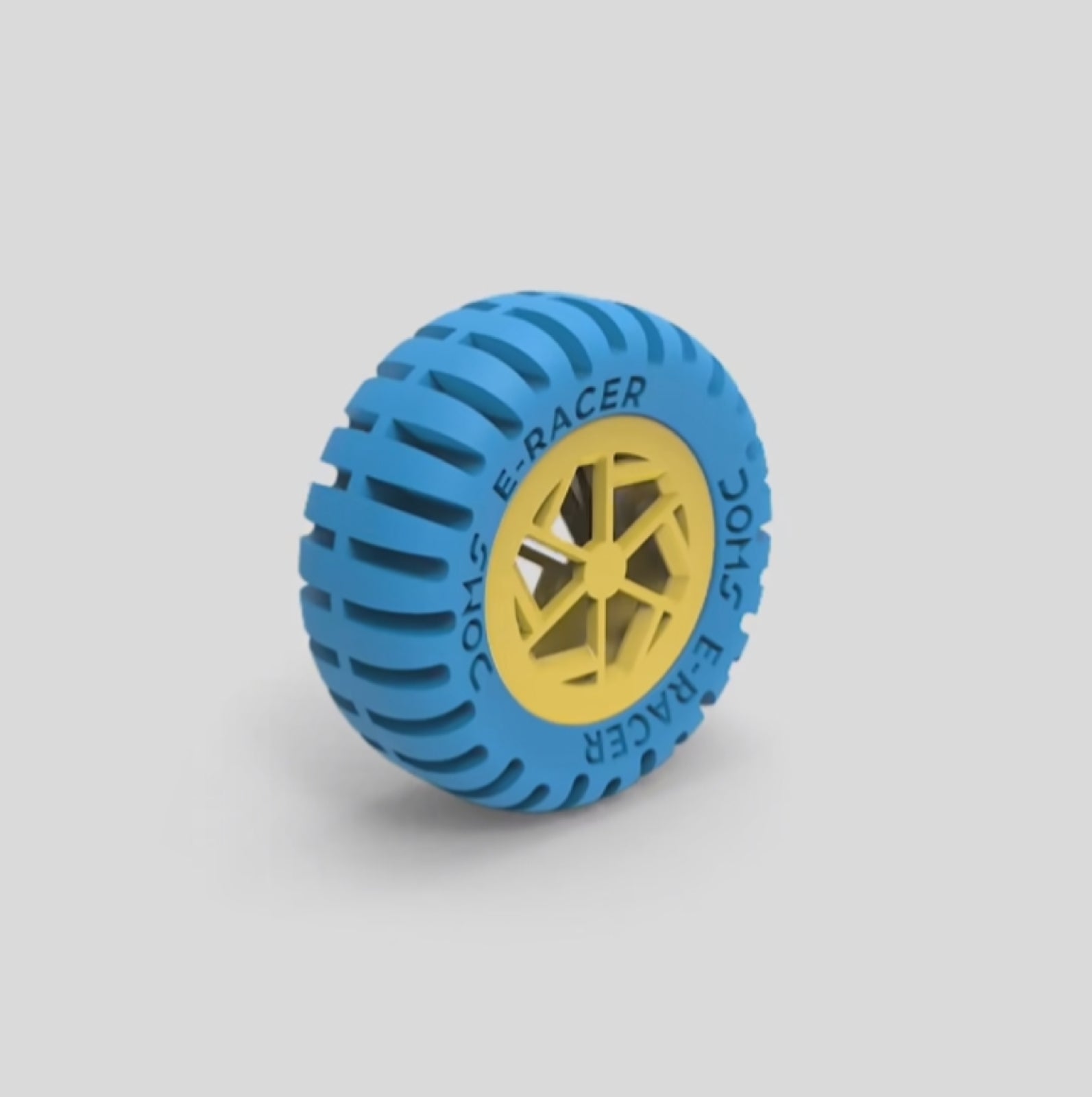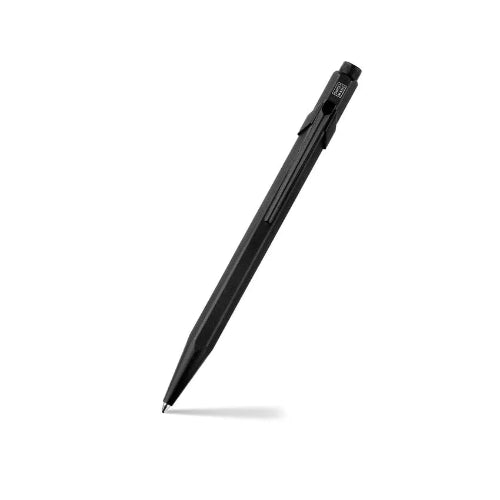How to Use a Fountain Pen: A Beginner's Guide with Tips and Techniques
Fountain pens offer a unique and enjoyable writing experience that many enthusiasts cherish. If you’re new to fountain pens or looking to refine your skills, this guide will provide you with essential tips and techniques on how to use a fountain pen effectively. From understanding the components to mastering the art of writing, you'll find everything you need to know about using a fountain pen, along with helpful fountain pen usage tips.
Writing with a fountain pen can be a delightful journey, transforming your handwriting into a work of art. This beginner's guide to fountain pens covers everything from the basics of how to use a fountain pen to advanced techniques for enhancing your writing style. Whether you're looking to improve your penmanship or explore different inks, our comprehensive tips will help you get started and enjoy the process.
Understanding Fountain Pens
What is a Fountain Pen?
A fountain pen is a sophisticated writing instrument that uses a metal nib to apply water-based ink to paper. Unlike ballpoint or gel pens, fountain pens offer a smoother and more elegant writing experience. The ink flows from an internal reservoir through the nib onto the paper, creating a consistent line with minimal pressure. In this beginner's guide to fountain pens, we'll explore the essential components and how they contribute to the pen's functionality, making it a preferred choice for many writers.
Components of a Fountain Pen
- Nib: The metal tip that touches the paper and delivers the ink. Nibs come in various sizes and materials, each offering a different writing experience.
- Ink Cartridge/Converter: The reservoir that holds the ink. Cartridges are disposable and convenient, while converters allow for refilling with bottled ink, offering more ink options.
- Barrel and Cap: The main body and protective cover of the pen. The barrel houses the ink reservoir, and the cap prevents the nib from drying out.
How to Use a Fountain Pen
Holding the Fountain Pen
To use a fountain pen correctly, hold it with your thumb, index, and middle fingers, similar to how you would hold a regular pen. Ensure the nib is facing upwards and is angled at about 45 degrees to the paper. This grip allows for smooth ink flow and prevents the nib from scratching the paper. How to use fountain pen techniques are crucial for a seamless writing experience.
Steps to Hold a Fountain Pen:
- Grip the Pen: Use your thumb, index, and middle fingers to grip the pen lightly. Avoid holding it too tightly, as this can cause discomfort and affect your writing.
- Position the Nib: Ensure the nib is facing upwards. The flat part of the nib should rest against the paper at a 45-degree angle.
- The angle of the Pen: The pen should be angled at about 45 degrees to the paper. This helps the ink flow smoothly and prevents the nib from catching on the paper fibers.
Writing with a Fountain Pen
When writing with a fountain pen, use light pressure to glide the nib across the paper. Pressing too hard can damage the nib and affect ink flow. Find the "sweet spot" where the nib makes consistent contact with the paper for effortless writing. This technique differs from using ballpoint pens, where more pressure is needed.
Tips for Writing with a Fountain Pen:
- Light Pressure: Apply minimal pressure when writing. The ink should flow smoothly without pressing hard on the paper.
- Consistent Angle: Maintain a consistent angle while writing. Adjust if necessary to find the most comfortable position.
- Avoid Twisting: Keep the pen steady and avoid twisting it as you write. Twisting can cause uneven ink flow and nib misalignment.
Posture and Positioning
Good posture is crucial for comfortable and prolonged writing sessions. Sit upright with both feet flat on the floor, and keep your shoulders and arms relaxed. Angle the paper slightly to maintain a natural wrist position and avoid strain. Proper ergonomics will help prevent fatigue and discomfort during extended writing sessions.
Posture Tips for Writing:
- Sit Upright: Maintain an upright posture to reduce strain on your neck and back.
- Relaxed Shoulders: Keep your shoulders and arms relaxed to avoid tension.
- Natural Wrist Position: Angle the paper to keep your wrist in a natural, comfortable position.
- Frequent Breaks: Take breaks to stretch and relax your muscles, especially during long writing sessions.
Choosing the Right Supplies
Selecting a Fountain Pen
For beginners, pens like the Lamy Safari and Pilot Metropolitan are excellent choices. These pens are affordable, reliable, and offer a great introduction to the world of fountain pens. The Lamy Safari is known for its ergonomic design and durability, while the Pilot Metropolitan offers a classic look and smooth writing experience.
Recommended Beginner Pens:
- Lamy Safari: Ergonomic design, durable plastic body, and interchangeable nibs.
- Pilot Metropolitan: Classic metal body, smooth writing experience, and comes with a converter for bottled ink.
Choosing Fountain Pen Ink
Fountain pen inks come in various colours and formulations. It's essential to use inks specifically designed for fountain pens to avoid clogging and damage. Popular choices include bottled inks and ink cartridges from reputable brands. Bottled inks offer a wider range of colours and allow for more customization.
Types of Fountain Pen Ink:
- Bottled Ink: Provides a wide variety of colours and can be used with a converter.
- Ink Cartridges: Convenient and easy to replace but limited in colour options.
Popular Ink Brands:
- Pilot Iroshizuku: Known for vibrant colors and smooth flow.
- Diamine: Offers a vast range of colours and good performance.
Selecting Paper for Fountain Pens
Not all paper is suitable for fountain pens. Look for fountain pen-friendly paper that prevents ink feathering and bleed-through. Brands like Rhodia and Clairefontaine offer high-quality options that enhance your writing experience. Fountain pen paper typically has a smooth surface and is designed to handle the wetness of fountain pen ink.
Recommended Paper Brands:
- Rhodia: Smooth, high-quality paper that handles fountain pen ink well.
- Clairefontaine: Known for its bright white, smooth paper that resists feathering and bleed-through.
Tips for Maintaining Your Fountain Pen
Cleaning and Maintenance
Regular cleaning is vital to keep your fountain pen in good working condition. Disassemble the pen, rinse the nib and converter with water, and let them dry before reassembling. Proper maintenance ensures smooth ink flow and longevity. Clean your pen every 4-8 weeks or whenever you change ink colours to prevent clogging.
Cleaning Steps:
- Disassemble the Pen: Remove the nib, converter, or cartridge.
- Rinse with Water: Use lukewarm water to rinse the nib and converter.
- Dry Thoroughly: Let the components dry completely before reassembling.
Troubleshooting Common Issues
If you encounter issues like skipping or inconsistent ink flow, there are simple troubleshooting steps you can take. Cleaning the nib, adjusting the nib alignment, and ensuring the ink cartridge is properly seated can resolve many common problems. If problems persist, consult the manufacturer or a pen specialist.
Common Problems and Solutions:
- Skipping Ink: Clean the nib and check the ink flow.
- Inconsistent Flow: Ensure the ink cartridge is properly seated and the nib is aligned.
- Nib Damage: Inspect the nib for damage and replace it if necessary.
Advanced Tips for Fountain Pen Users
Improving Your Handwriting
Practice makes perfect when it comes to fountain penmanship. Use guide sheets and practice exercises to improve the consistency and legibility of your writing. Over time, you'll notice significant improvements. Experiment with different writing styles and techniques to find what works best for you.
Handwriting Improvement Tips:
- Practice Regularly: Set aside time each day to practice your writing.
- Use Guide Sheets: Use lined or grid paper to maintain consistent letter size and spacing.
- Slow and Steady: Focus on writing slowly and deliberately to improve accuracy.
Exploring Different Writing Styles
Experimenting with different nibs and inks allows you to customize your writing experience. Try various nib sizes and ink colours to find what suits your style best. Personalizing your writing can make using a fountain pen even more enjoyable.
Exploration Tips:
- Different Nib Sizes: Try fine, medium, and broad nibs to see which suits your handwriting.
- Ink Colors: Experiment with different ink colours to add variety to your writing.
- Speciality Nibs: Explore italic or stub nibs for unique writing styles.
Conclusion
Writing with a fountain pen is a rewarding experience that combines artistry and functionality. By following the tips and techniques outlined in this guide, you'll become more comfortable and proficient in using a fountain pen. Share your experiences and tips in the comments, and don't forget to subscribe for more fountain pen insights.
Frequently Asked Questions
Q1. What is the best way to hold a fountain pen?
Ans: Hold the pen with your thumb, index, and middle fingers, with the nib facing up and angled at about 45 degrees to the paper.
Q2. Why does my fountain pen skip or stop writing?
Ans: This could be due to a clogged nib, misaligned nib, or air bubbles in the ink cartridge. Regular cleaning and proper maintenance can help resolve these issues.
Q3. Can left-handed people use fountain pens?
Ans: Yes, left-handed writers can use fountain pens. They may need to adjust their writing angle and use fast-drying ink to prevent smudging.
Q4. How often should I clean my fountain pen?
Ans: It's recommended to clean your fountain pen every 4-8 weeks, or whenever you change ink colors.
Q5. What type of paper is best for fountain pens?
Ans: Fountain pen-friendly paper like Rhodia or Clairefontaine, which prevents feathering and bleed-through, is ideal.
Q6. What is the difference between a cartridge and a converter?
Ans: A cartridge is a pre-filled ink reservoir that you replace, while a converter allows you to refill the pen with bottled ink.
Q7. Can I use any ink in my fountain pen?
Ans: No, only use inks specifically designed for fountain pens to avoid clogging and damage.
Q8. How can I improve my handwriting with a fountain pen?
Ans: Practice regularly with guide sheets and exercises to improve consistency and legibility. Experiment with different nibs and inks to find what works best for you.


